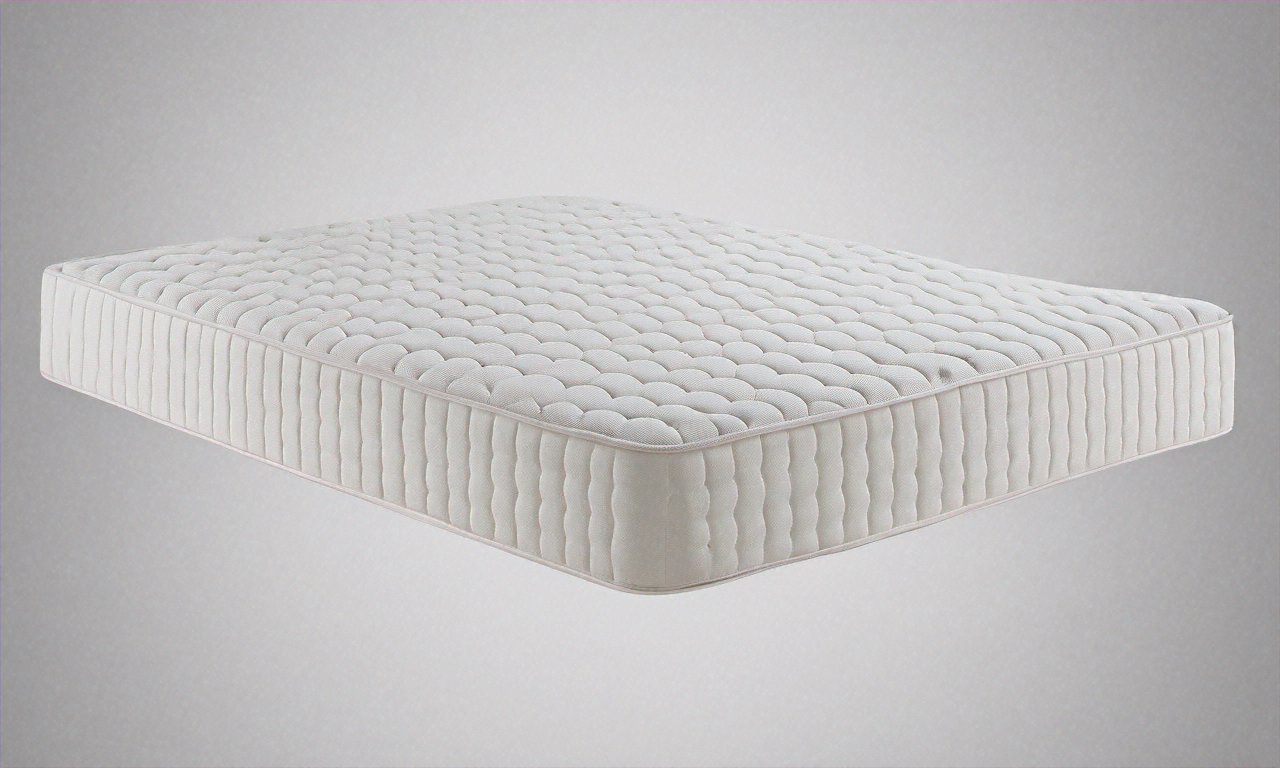Mattress: types, selection, care and buying options
A mattress is central to sleep quality and daily comfort; choosing and maintaining one matters more than many realise. This article explains common mattress constructions, how to match a mattress to your sleeping style and health needs, ways to extend lifespan through care and support, environmental considerations, and where to find mattresses and local services in the UK. The aim is to give clear, evidence-based guidance so you can compare options with confidence and decide what suits your body, bedroom and budget.

What types of mattresses are available?
Mattresses come in several principal constructions: innerspring (coil) mattresses, memory foam, latex, hybrid (a combination of coils and foam), and air or adjustable mattresses. Innerspring models tend to deliver a bouncier feel and good airflow; memory foam offers contouring and pressure relief; natural or synthetic latex can provide resilient support and faster response. Hybrid designs aim to balance support and comfort by pairing springs with comfort layers. Materials, thickness and zoning all influence feel, support and temperature behaviour.
How to choose the right mattress for your sleep style?
Selecting a mattress starts with assessing your sleeping position, body weight and personal comfort preferences. Side sleepers usually need softer surfaces that relieve shoulder and hip pressure, while back and stomach sleepers often benefit from firmer support to maintain spinal alignment. Consider motion transfer if you share a bed, and look for edge support if you sit on the mattress frequently. Trial periods offered by many retailers are useful; combine these with clear return policies and warranty details when deciding.
How mattress design affects sleep quality and posture?
A mattress must balance comfort and support to promote neutral spinal alignment. Comfort layers provide pressure relief at shoulders and hips; supportive cores keep the spine aligned. Poor support can cause pressure points, restless sleep or morning stiffness. Temperature regulation also matters: dense foams can trap heat, while coil-based cores with breathable covers tend to feel cooler. If you have chronic pain or medical concerns, discuss mattress options with a healthcare professional for tailored recommendations.
How to maintain and extend mattress lifespan?
Routine care extends mattress life and preserves hygiene. Use a breathable mattress protector to guard against spills and dust mites. Rotate or flip the mattress according to the manufacturer’s guidance to reduce uneven wear; many modern mattresses are one-sided, so rotation rather than flipping is appropriate. Ensure the bed base provides consistent support—slatted frames often require specific slat spacing. Vacuum the mattress occasionally and air it by stripping bedding on a dry day. Expect typical lifespans to vary by material: springs and hybrids often last 6–10 years, while higher-quality latex or memory foam can last longer with proper care.
What environmental and health considerations matter?
Materials and manufacturing affect indoor air quality and environmental impact. Look for independent certifications that address chemical emissions (such as CertiPUR or OEKO‑TEX equivalents) and for natural fillings like organic cotton or natural latex if you prioritise lower synthetic content. Consider recyclability and end-of-life options—some retailers offer take-back or recycling programmes. Be aware that off-gassing is possible with new synthetic foams; good ventilation in the home reduces any temporary odours.
Where to buy mattresses and local services in your area?
You can buy mattresses from specialist retailers, national bedding chains, independent stores and online brands that ship to the UK. Many retailers now combine showrooms with online ordering and offer trial periods, delivery, removal of old mattresses, and local services such as fitting or bespoke sizing. Comparing warranties, trial lengths and delivery/returns policies is important when choosing a provider.
| Provider Name | Services Offered | Key Features/Benefits |
|---|---|---|
| Silentnight | Retail and online mattresses, bedding | Wide range of firmness options and retail presence |
| Tempur | Memory foam mattresses and pillows | Pressure-relieving viscoelastic foam with clinical use history |
| Simba | Online mattresses, hybrid models | Hybrid design combining springs and foam for balanced support |
| Eve Sleep | Online mattresses and accessories | Direct-to-consumer model with trial periods and returns |
| Dormeo | Memory foam and hybrid mattresses | Variety of foam layers and support options |
Prices, rates, or cost estimates mentioned in this article are based on the latest available information but may change over time. Independent research is advised before making financial decisions.
Conclusion
Choosing the right mattress involves matching construction and firmness to your sleep posture, physical needs and room environment, while also considering maintenance, warranties and end-of-life options. Take advantage of trial periods, compare return and delivery services from local providers, and prioritise materials and support that promote consistent, restorative sleep.




